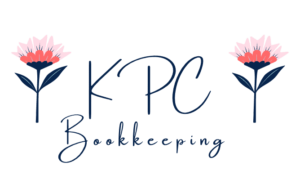Hey ladies! When it comes to managing our finances, it’s essential to have the right tools in our arsenal. One crucial tool that can help us assess the financial stability of a business is the balance sheet. Now, don’t let the jargon scare you off, I’ll ease you into it! In this post, we’ll dive into what a balance sheet is and what the different elements are. Next week we’ll get into how to read it in a way that’s easy to understand and empowers you to make informed financial decisions.
So, What’s a Balance Sheet Anyway?
Think of a balance sheet as a snapshot of a company’s financial picture at a specific moment in time. It shows what the company owns (its assets), what it owes (its liabilities), and the difference between them (its equity). By understanding these three components, we can gain valuable insights into a company’s financial health.
Breaking Down the Pieces: Assets, Liabilities, and Equity
- Assets: Assets are like the goodies a company has – the stuff you own that has value. They include things like cash, equipment, buildings, investments and even prepaid expenses (which we talked about last week). Some assets are short-term (like cash), while others are long-term (like buildings and machinery).
- Liabilities: On the other hand, liabilities are the company’s financial obligations to others. These are the debts they owe to suppliers, lenders, and other creditors. Like assets, liabilities can also be short-term (like loans due within a year) or long-term (like a mortgage).
- Equity: Equity represents what’s left for the owners of the company after we subtract the liabilities from the assets. It’s like the leftover pie after everyone else gets their slice. This equity includes the initial investment by shareholders, owner’s draws and contributions, and any profits the company keeps over time.
